You can save heat-damaged plants with coconut sugar — here's how
Are your plants are dying from heat stress? Try this coconut sugar treatment
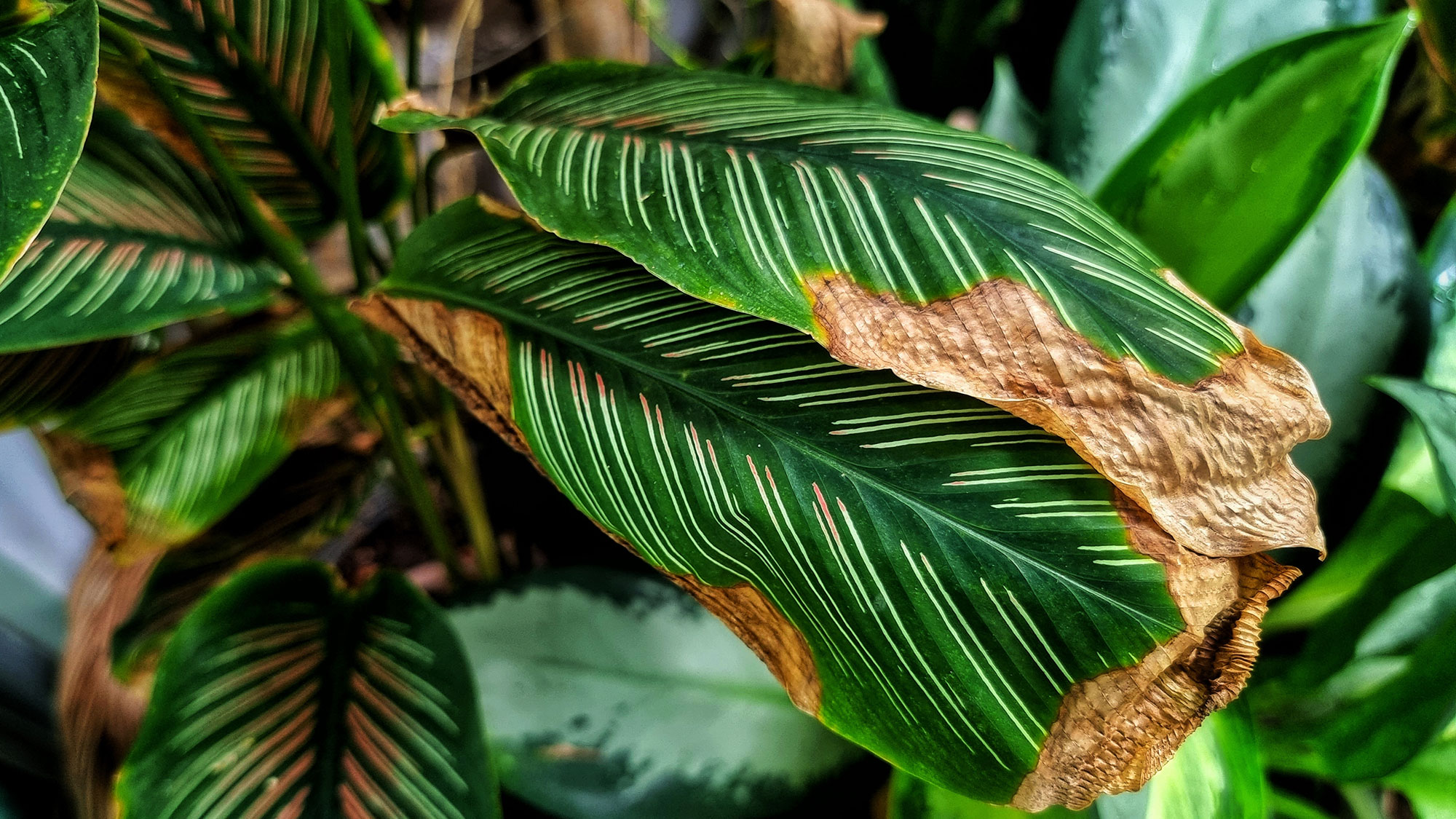
Hot weather is taking a toll on your yard, with plants looking droopy and stressed. While you're trying to stay cool indoors, your plants are struggling in the heat outside. Before you give up on those plants, there's a simple solution you can try.
Coconut sugar can actually help your heat-stressed plants recover. This works by feeding the helpful bacteria in your soil, which helps your plants absorb water better when they need it most. Coconut sugar is available at most grocery stores, easy to use, and cheaper than specialized fertilizers.
The natural molasses and minerals in coconut sugar provide food for beneficial soil organisms that improve water uptake when plants are most vulnerable to heat damage. Here's how you can use it to rescue your plants this summer.
1. Identify plants showing heat stress symptoms
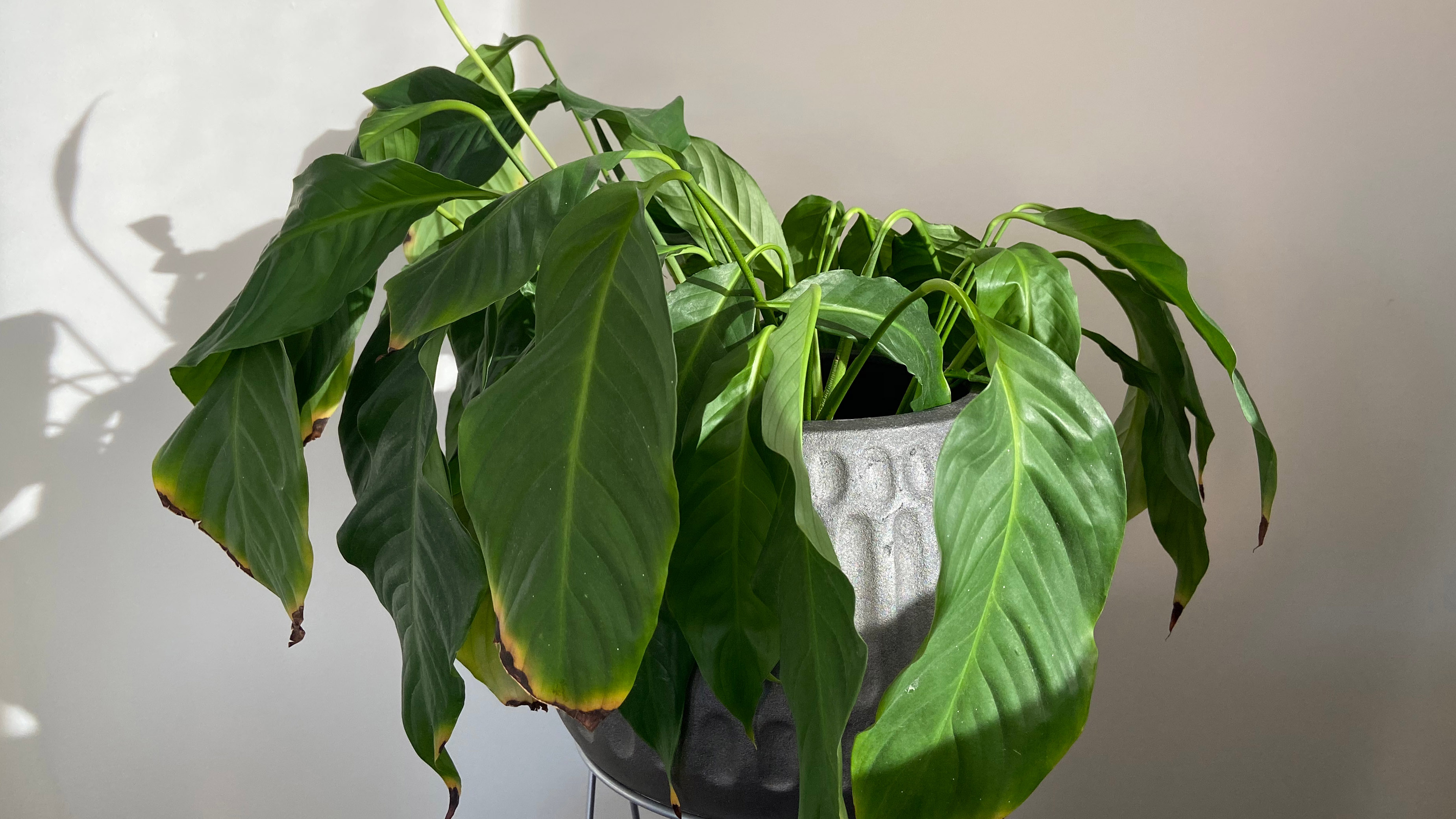
Look for telltale signs that your plants are struggling with high temperatures before applying any treatment. Drooping or wilting leaves during the hottest part of the day, leaf edges turning brown or crispy, and flowers dropping prematurely all indicate heat stress.
Plants may also show stunted growth or leaves that feel unusually dry and brittle. Focus your coconut sugar treatment on the most severely affected plants first, as they'll benefit most from improved water uptake.
Don't confuse heat stress with overwatering, which causes yellowing leaves and soggy soil.
2. Mix the coconut sugar solution
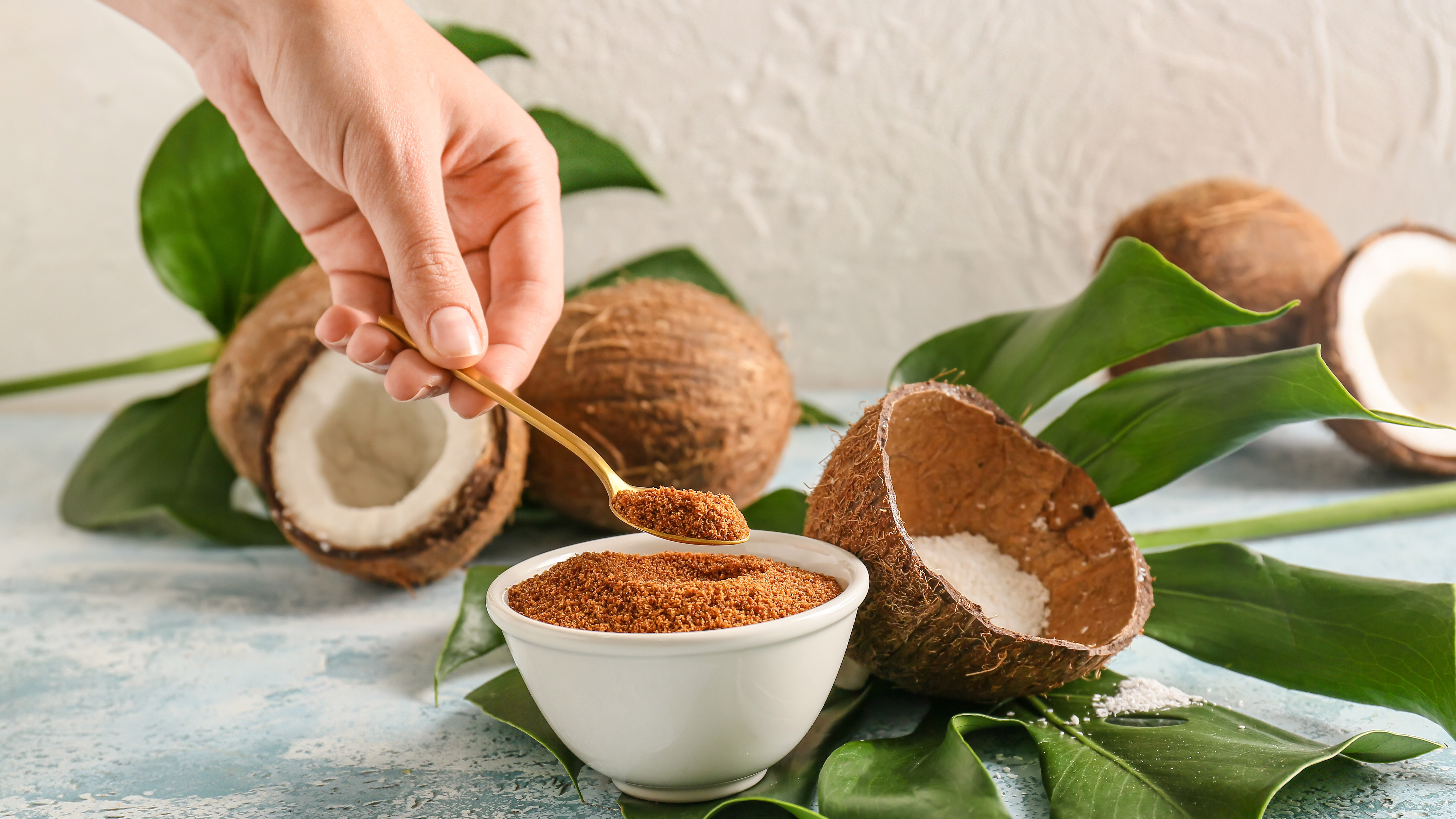
Create your plant-saving mixture by dissolving one tablespoon of coconut sugar in one liter of room-temperature water.
Next, stir thoroughly until the sugar completely dissolves, leaving no granules that could attract pests or create uneven distribution. The solution should look slightly amber-colored but remain completely liquid.
Make only what you need for immediate use, as the mixture can spoil if left sitting for more than a day. If you're treating multiple plants, scale up the recipe proportionally while maintaining the same ratio of sugar to water.
3. Apply the solution at the right time

Water your heat-stressed plants with the coconut sugar solution early in the morning or late in the evening when temperatures are cooler. This timing prevents rapid evaporation and gives the solution time to penetrate the soil before the heat intensifies.
Pour the mixture slowly around the base of each plant, ensuring it reaches the root zone rather than just wetting the surface. Apply enough solution to thoroughly saturate the soil to a depth of at least six inches, which may require several liters for larger plants or extremely dry soil conditions.
5. Repeat the treatment every two weeks
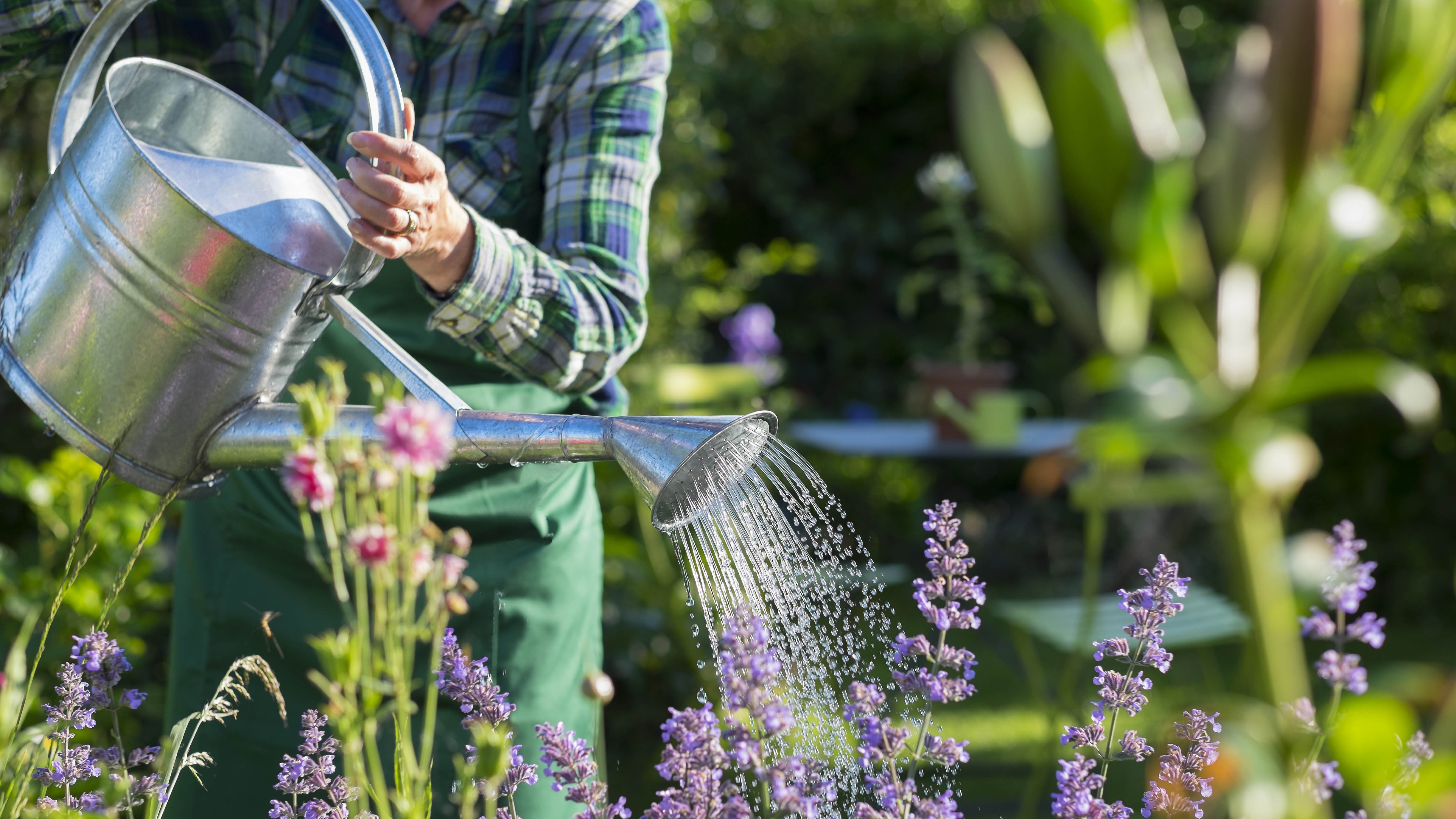
Apply the coconut sugar solution every two weeks throughout the hottest part of summer to maintain the beneficial microbial population in your soil. This regular feeding schedule keeps the soil ecosystem healthy and ensures your plants have consistent access to improved water uptake.
Monitor your plants between treatments — if they continue to show severe stress symptoms, you may need to increase watering frequency or add additional protective measures like shade cloth or mulch.
For even better results
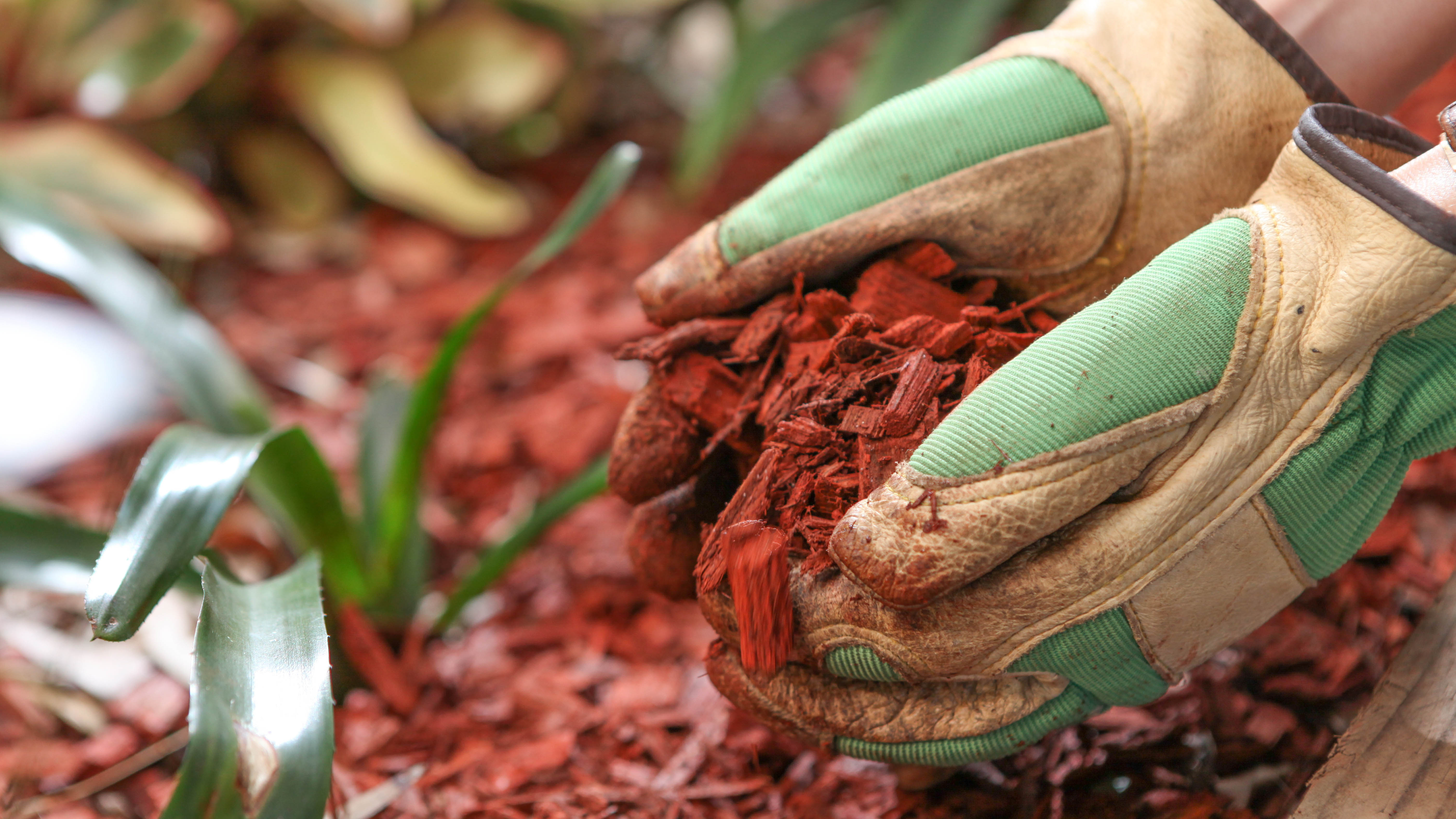
Apply a three-inch layer of organic mulch (shredded bark, straw, or grass clippings) around your plants after watering with the coconut sugar solution. Make sure you pull the mulch back slightly from plant stems to prevent rot.
Watch for signs of improvement like healthier leaves and resumed growth within a few days of the first treatment. If you don't see improvement after two applications, the heat damage may be too severe for this treatment alone.
Now you've learned how to use coconut sugar to save your heat-stressed plants, why not take a look at our other useful guides?
Check out how to revive a dying houseplant — 7 steps that actually work and how to banish weeds without killing your grass. And if you're struggling with spider mites, don't miss these top tips.
More from Tom's Guide
- If your gas stove won't light it's probably one of these 5 issues
- Induction cooking is easier than you think: Experts share their 7 top tips
- 5 plants that love the sun and will survive a heatwave
Get instant access to breaking news, the hottest reviews, great deals and helpful tips.

Kaycee is Tom's Guide's How-To Editor, known for tutorials that skip the fluff and get straight to what works. She writes across AI, homes, phones, and everything in between — because life doesn't stick to categories and neither should good advice. With years of experience in tech and content creation, she's built her reputation on turning complicated subjects into straightforward solutions. Kaycee is also an award-winning poet and co-editor at Fox and Star Books. Her debut collection is published by Bloodaxe, with a second book in the works.
You must confirm your public display name before commenting
Please logout and then login again, you will then be prompted to enter your display name.
